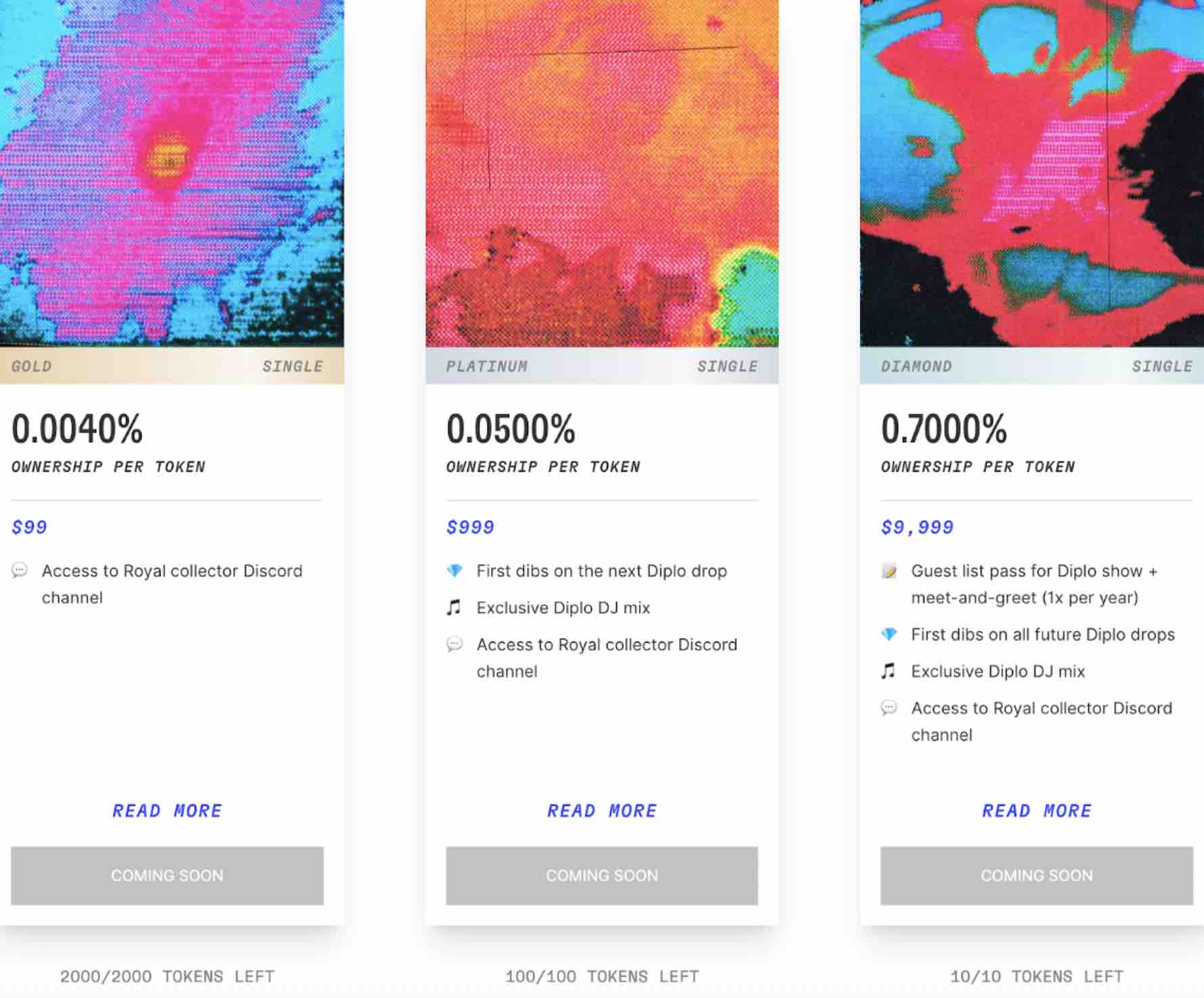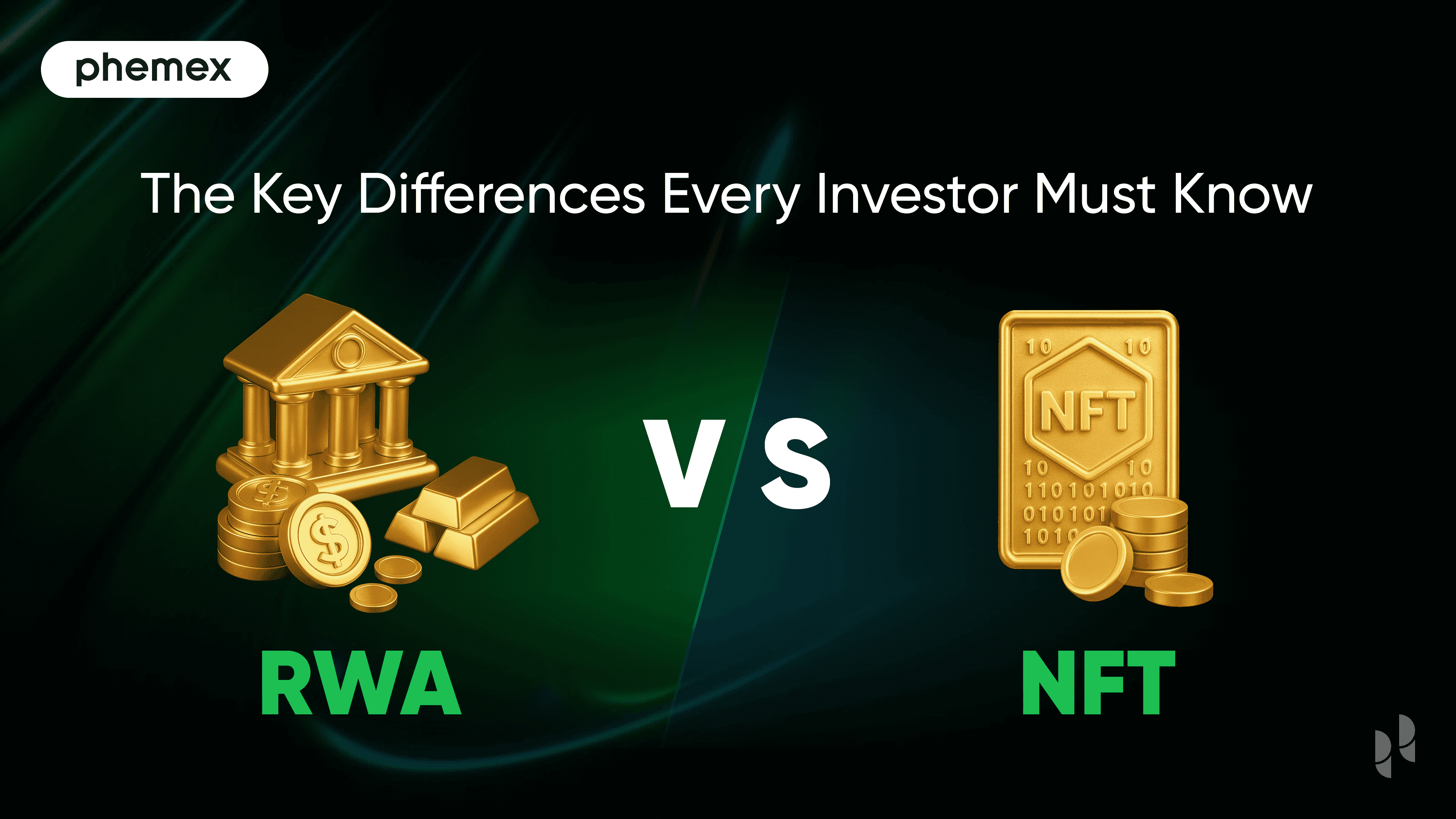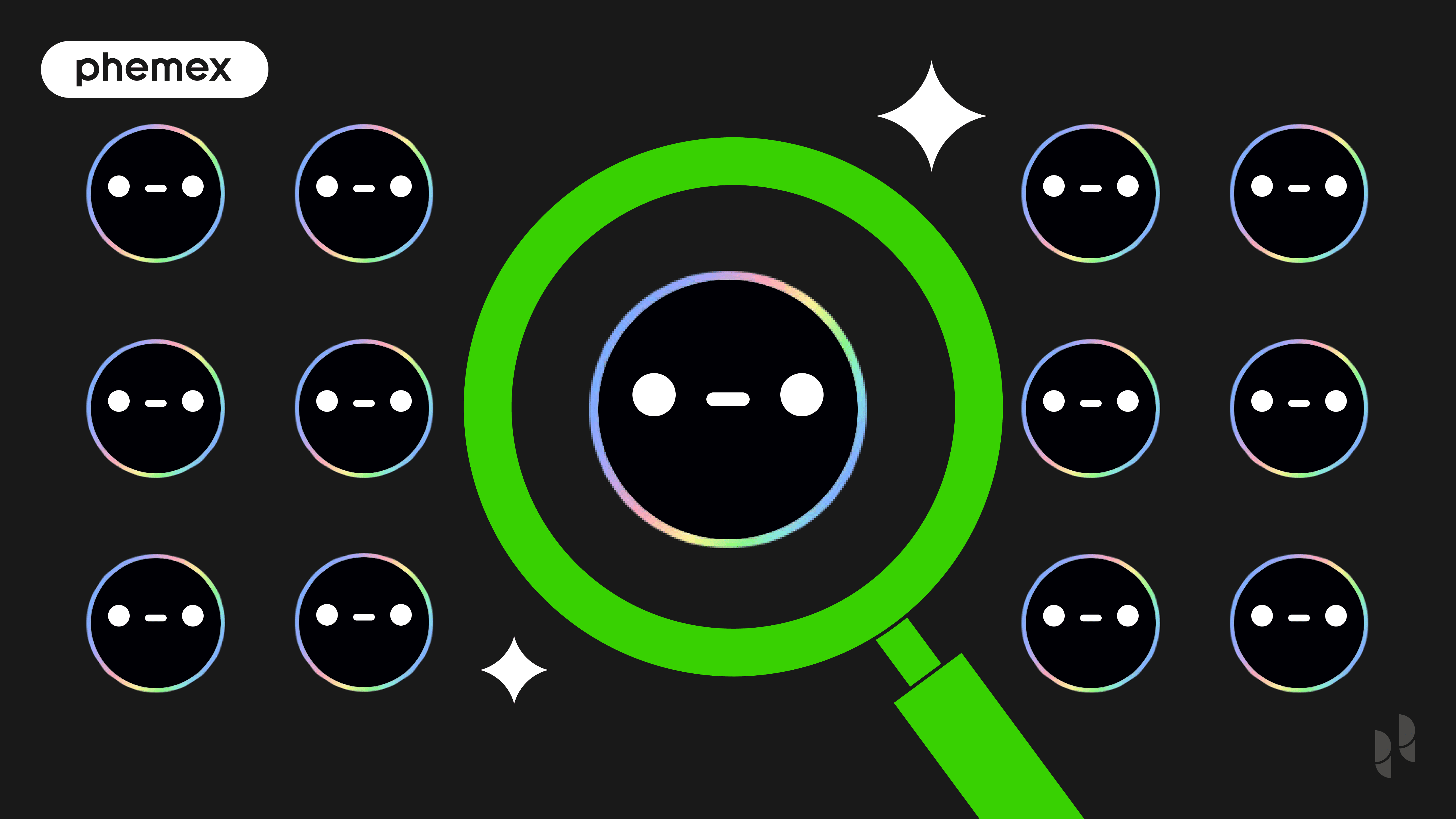Artists and creators have long been struggling to get paid fairly for their work. The traditional distribution model meant that artists only made a small percentage of the total revenue generated from their work’s sales. NFTs have helped artists to earn a much larger share of the revenue.

For example, when Beeple’s NFT piece ‘Crossroads’ was resold for $6.6 million (10x the original price) at secondary market Nifty Gateway, he earned a 10% royalty ($69 million from that transaction).

Let’s take a look at how NFT royalties are structured, how they work, and how artists can earn them.
What Are NFT Royalties?
NFT royalties are the percentage of sales that an artist or creator earns each time their NFT is sold on a marketplace. These payments are usually executed automatically by smart contracts. So each time a secondary sale happens, the smart contract ensures the terms of the NFT are fulfilled. If a royalty is specified, a percentage of the profit goes to the creator. While some marketplaces let you choose your NFT royalty percentage, the standard percentage is considered to be between 5% and 10%.
How Do NFT Royalties Work?
The amount of royalty that an artist receives depends on the terms specified in the smart contract when the NFT was minted. For example, in a secondary market like OpenSea, the maximum NFT royalty percentage is set at 10%. So if you mint an NFT at 10% royalty fee that exists in the contract, you would earn 0.5 ETH on a 5 ETH sale. The public ledger protects the artwork’s authenticity and the contract’s terms. Another benefit is that the blockchain doesn’t need an external agent or an intermediary, which increases the value delivered to the artist.
How To Add Royalties To NFTs?
If you’re an artist or creator looking to add NFT royalties to your work, you need to consider the marketplace you want to use to mint your NFT. Each marketplace has its own terms and conditions, so make sure you’re familiar with the rules before you list your NFT.
For example, a secondary market like OpenSea first receives a royalty via the transaction. Only after that royalty is received, OpenSea acts as an intermediary and sends the royalty payment to the artist. On the other hand, platforms like manifold offer a ‘Royalty Registry’ that makes it easy to add creator royalties to smart contracts. This makes it easier for marketplaces to use appropriate on-chain royalty configurations.

So based on the platform you use, the process of adding royalties to your NFT will vary. But in general, you’ll need to specify the royalty fee as a percentage when you mint your NFT.
Who Benefits From NFT Royalties?
Musicians, visual artists, and other content creators can all benefit from NFT royalties. In the music industry, for example, streaming services like Spotify and Apple Music typically only pay artists between $0.003 — $0.005 per stream on average. But with NFTs, musicians can set up percentages so the band receives a small percentage of every token sale.
To put this into perspective, Diplo dropped his song «Don’t Forget My Love» on the marketplace Royal and allocated 20% of royalty ownership in the shape of 2,110 NFTs in three tiers. NFT music royalties have attracted a lot of attention in the past few months with other artists like Eminem, Grimes, and Kings of Leon all releasing songs in the form of NFTs.

Buyers or collectors of NFTs also benefit from having a piece of art with attached royalties. This helps them verify the NFT’s authenticity and also adds to the resale value. NFTs with royalties are a definite win-win for both creators and buyers.
Conclusion
For a long time royalties have been a controversial topic in the art world. But with NFTs, creators finally have a way to get paid every time their work is sold or resold. Original creators can gain complete control over their work and set their own terms without worrying about any intermediaries or middlemen. The rise of NFT royalties is a game-changer for the art world and is only going to grow in popularity in the months and years to come.









